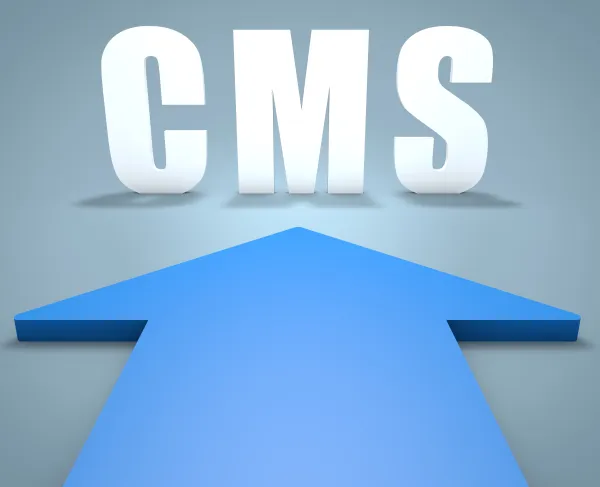EM Coding Alert
Refine Your ACP Coding Skills With These FAQs
Hint: There are no POS limitations for ACP services. Scratching your head over advance care planning (ACP) codes 99497 and +99498? Look to these answers from our experts. Get ACP coding right every time: Review the following FAQs to ensure you always know how to report codes 99497 (Advance care planning including the explanation and discussion of advance directives such as standard forms [with completion of such forms, when performed], by the physician or other qualified health care professional; first 30 minutes, face-to-face with the patient, family member[s], and/or surrogate) and +99498 (... each additional 30 minutes [List separately in addition to code for primary procedure]). FAQ 1: What are some steps we can take to make sure advance care planning services go smoothly? Have forms and questionnaires available where you can ask patients questions regarding their wishes, says Maggie M. Mac, CPC, CEMC, CHC, CMM, ICCE, AAPC Fellow, AHIMA-approved ICD-10 CM/PCS trainer and president of Maggie Mac-Medical Practice Consulting in Clearwater, Florida. Before the visit, discuss the purpose of the visit with the patient and any types of documents that would support their desire for having a living will, power of attorney, and their choices in the event of a medical emergency if the patient is not able to provide a medical decision, Mac adds. Make sure the patient has someone available to speak on his behalf. These are the types of questions you could provide the patient with prior to him coming in, according to Mac. Does the patient want to have a living will? Does he want to set up a power of attorney? When the patient comes in for the visit, have the forms ready for him to complete, Mac says. Or you may send the forms to the patient in advance and have a packet available. Although the forms are not required to bill theACP, they are helpful in directing the conversation and making certain the physician touches on all the relevant points. FAQ 2: How often can a physician report ACP services? "There are no frequency limits for ACP," says Najwa N. Liscombe, BHSA, CPC-CPC-I, CMA , coding reimbursement analyst III at the University of Florida College of Medicine and Community Health and Family Medicine in Gainesville, Florida. "It can be billed multiple times a year." However, Liscombe cautions physicians to always document medical necessity. Additionally, if provided at other times apart from the annual wellness visit, patients need to understand that co-insurance and deductible amounts could apply. Mac emphasizes the importance of medical documentation if the physician reports ACP more than once. If the physician reports ACP, there should be documentation in the chart to show why he has reported it more than once, Mac says. Examples include if the patient has decided to change the name of his proxy, or if he has changed his mind as far as how he wants the decisions handled in the event of a medical emergency, Mac adds. If any circumstance has been changed, added, or revised, this should be reflected in the documentation to support billing the additional ACP charge, Mac says. FAQ 3: Is there a place of service limitation for ACP? No. ACP services can be performed in any setting, according to Laureen Jandroep, CPC, COC, CPC-I, CPPM, founder and CEO Certification Coaching Organization LLC in Oceanville, New Jersey. FAQ 4: Who can provide ACP services? ACP services can be provided by physicians, nurse practitioners, or a team-based approach with other staff under orders by the treating physician, according to Mac. If the approach is team-based, the physician or nurse practitioner must manage, participate, and meaningfully contribute to the provision of the services, Mac adds. And the physician must offer direct supervision. Caution: If the nurse practitioner provides the ACP services, they cannot be billed under incident-to unless the service meets payment rules for incident-to services, according to Mac.
Related Articles
EM Coding Alert
- Medicare Physician Fee Schedule:
2018 Proposed MPFS Suggests Revising 1995 and 1997 E/M Documentation Guidelines
Take note: CMS opens comment period until Sept. 1. CMS's recently released 2018 proposed Medicare [...] - News You Can Use:
NGS Reverses Original Exam Policy Change Decision
Planned change to EPF and detailed exams no longer considered mandatory. The MAC National Government [...] - ACP:
Refine Your ACP Coding Skills With These FAQs
Hint: There are no POS limitations for ACP services. Scratching your head over advance care [...] - You Be the Coder:
Choose the Right Code for This Office Visit
Question: The physician in an independent pediatric office has a patient with irregular pulse oximetry readings/hypoxia [...] - Reader Question:
Investigate Whether to Bill for 2 ED E/M Encounters
Question: A patient visits the ED in the morning for a fever, nausea, and vomiting, and [...] - Reader Question:
Avoid Reporting Both 99385 and 99402
Question: The physician saw a 21-year-old female patient for a general adult exam and contraceptive management. [...] - Reader Question:
Follow This Advice for ABNs
Question: A 32-year-old established patient visited our practice for an ob-gyn physical that included a pelvic [...]




